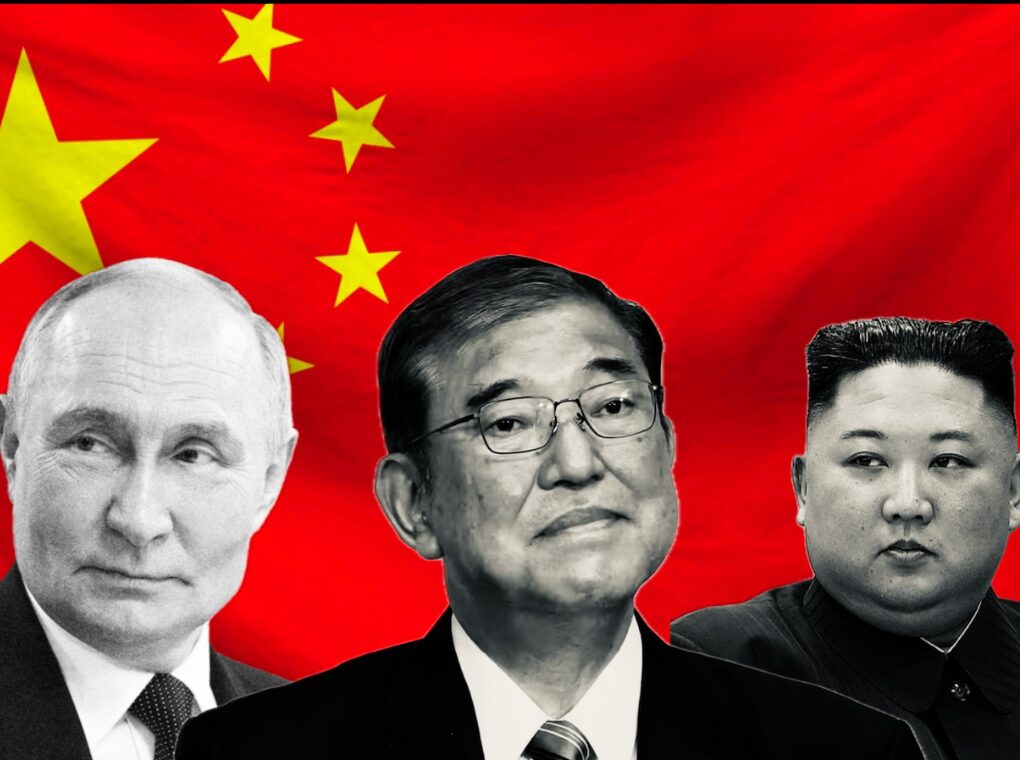Next week, Beijing’s Tiananmen Square will once again become the stage for a major military parade—this time marking 80 years since Japan’s surrender in World War II. What might look like a commemoration of history is also intended as a show of strength. President Xi Jinping will stand alongside two of his closest allies, Vladimir Putin and Kim Jong Un, in a display that blends remembrance with a message about China’s present ambitions.
Remembering the War, Projecting Power
China suffered immensely in the Asian theatre of World War II, though its sacrifices are often overshadowed in Western narratives. By hosting the parade on September 3rd, Beijing seeks to highlight its role in defeating Japan while simultaneously showing off its military modernization. Over 10,000 soldiers, advanced aircraft, missile systems, and armored vehicles will roll out—evidence of the People’s Liberation Army’s rapid transformation under Xi’s leadership.
Putin and Kim at Center Stage
The symbolism of Putin and Kim’s presence cannot be overstated. For Putin, whose relations with the West have collapsed since the invasion of Ukraine, Beijing offers both solidarity and opportunity. Kim’s participation is even more striking—this will be his first trip to China since 2019. The North Korean leader rarely leaves home, which underlines just how much importance Beijing attaches to this gathering. Together, the three leaders are presenting themselves as an alternative power bloc.
Global Fractures on Display
More than two dozen foreign leaders will attend, including Pakistan’s Shehbaz Sharif and Myanmar’s Min Aung Hlaing. But leaders from Western nations will be absent. That absence speaks volumes: the parade is not simply a military pageant but a political signal. In effect, it dramatizes the dividing lines of today’s world—China, Russia, and North Korea on one side, much of the West on the other.
Beyond Ceremony
Chinese state media stress that the equipment being paraded represents the latest in home-grown technology, from stealth drones to hypersonic missiles. The point is clear: China wants the world to see it not only as a historic victor of World War II but as a military power prepared for 21st-century challenges.
A New Order Emerging?
Observers say this is about more than history or hardware. The image of Xi, Putin, and Kim together in Tiananmen Square is a powerful one. It suggests that while the West talks about isolating Moscow or containing Pyongyang, both leaders still have a stage—and that stage is in Beijing. The parade encapsulates a broader contest: authoritarian states projecting solidarity while democracies question how to respond.
Whether it is seen as commemoration, provocation, or a declaration of intent, the September 3rd parade will underline a truth the world is still adjusting to: China intends to shape not just its region but the global order.
A Declaration of Power?
As China prepares to put on this grand show, global powers will be watching closely. The parade sends a clear signal of China’s ambitions to be seen not just as a regional power but a central actor in global geopolitics.
Russia’s continued participation underscores its pivot towards Asia as it confronts mounting pressure from Western sanctions. North Korea’s participation conveys its desire to align firmly with China and Russia strategically.
For many observers, the parade encapsulates the rising contest between what is often called the “authoritarian bloc” and the Western democratic order. The military procession, thus, is much more than a tribute to history—it is a bold assertion of present and future geopolitical alignments.
The Tiananmen Square military parade on September 3rd will offer a unique vista into China’s political narratives and international relationships. By commemorating World War II’s end with a display of cutting-edge military technology and authoritarian solidarity, Beijing is not just looking backward but firmly projecting its vision of power and influence in the 21st century.
With Putin and Kim standing alongside Xi Jinping, the event highlights a concerted front of autocratic governments amid global uncertainty, signaling enduring, if contested, partnerships that are reshaping the global order one display at a time.
